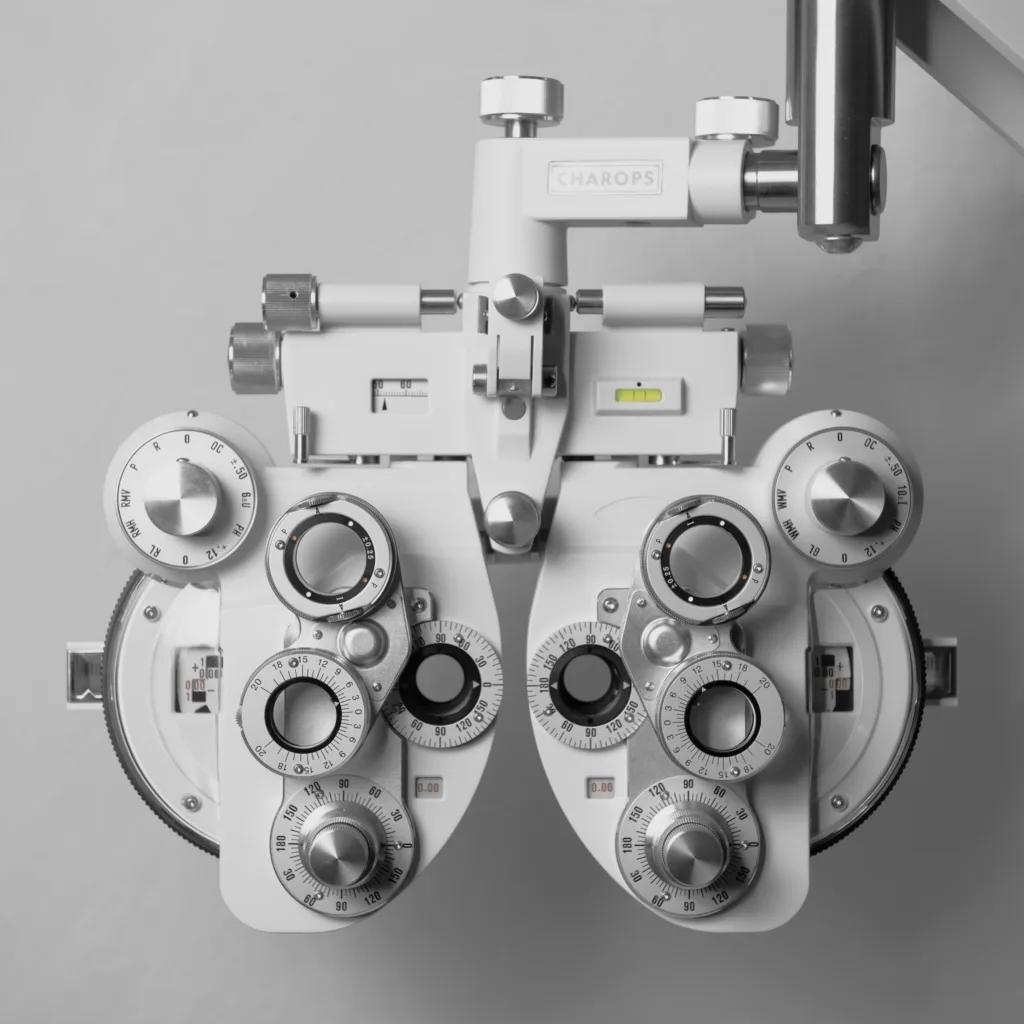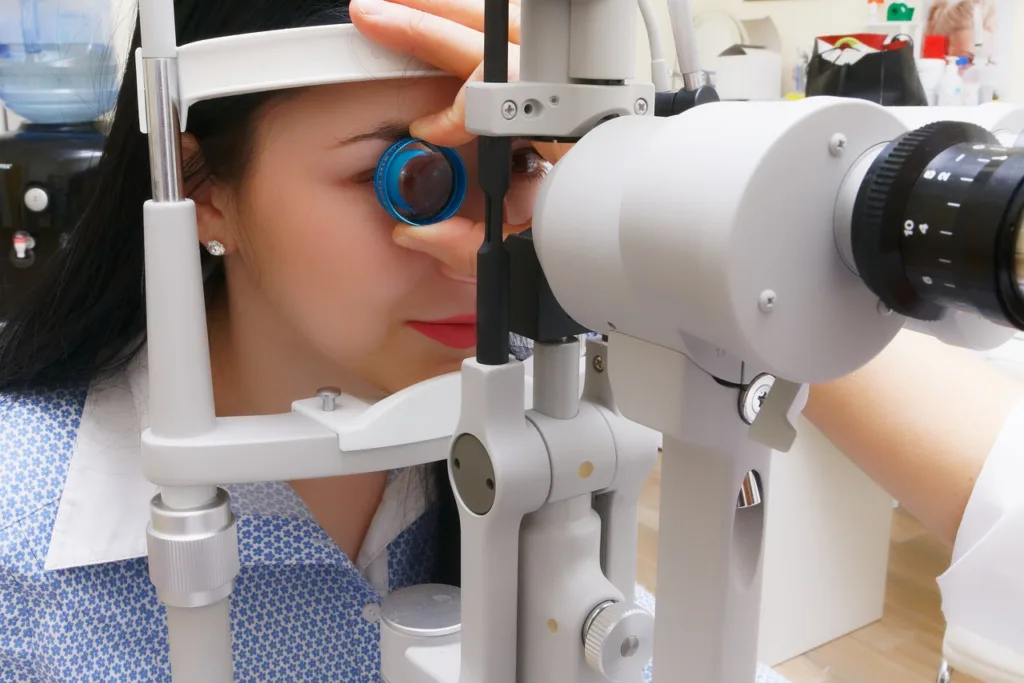Myopia, also known as nearsightedness, is a common eye condition that affects millions of people worldwide. It occurs when the eye is unable to focus light correctly, resulting in blurry distance vision. Bilateral myopia simply means that both eyes are nearsighted, and it can be diagnosed through a comprehensive eye exam.
The cause of myopia is largely genetic, athough environmental factors such as reading or using digital devices for extended periods of time can contribute to its development. It occurs when the eyeball grows too long from front to back, or when there are problems with the shape of the cornea or lens.
If left untreated, myopia can lead to more serious eye conditions such as glaucoma, cataracts, and retinal detachment. It is important to have regular eye exams to monitor and treat myopia appropriately.
Treatment options for myopia include eyeglasses, contact lenses, and refractive surgery. Eyeglasses or contact lenses can correct the refractive error in the eye, allowing for clear vision. Refractive surgery, such as LASIK, can change the shape of the cornea to correct the myopia permanently.
In addition to these treatments, there are also lifestyle changes that can help manage myopia. Taking frequent breaks from digital devices, practicing good posture while reading or using a computer, and spending more time outdoors can all help reduce the risk of myopia progression.
Bilateral myopia is a common eye condition that affects both eyes and can be diagnosed through a comprehensive eye exam. It is important to have regular eye exams and follow your eye doctor’s instructions to properly manage and treat myopia. With the right treatment and lifestyle changes, it is possible to maintain clear vision and reduce the risk of more serious eye conditions.
What Is Myopia Bilateral?
Myopia bilateral is a condition where both eyes are nearsighted. This means that a person with bilateral myopia will have difficulty seeng things that are far away clearly, but can see objects that are closer without any issues. Bilateral myopia can be diagnosed through an eye exam, and it is important to track and treat the condition according to the instructions of an eye doctor. Treatment options may include corrective lenses, contact lenses, or surgery. Bilateral myopia can affect people of all ages and can have a significant impact on their quality of life, so it is important to seek medical attention if you experience any vision problems.

What Level Of Myopia Is Legally Blind?
Legally blind is a term used to describe a severe degree of visual impairment, which can be caused by various eye conditions. Specifically, if a person’s vision is 20/200 or less in their better eye, or their field of vision is less than 20 degrees, they are considered legally blind. This means that if an object is 200 feet away, the person woud have to stand 20 feet from it in order to see it clearly. It is important to note that myopia, which is nearsightedness, is one of the eye conditions that can contribute to legal blindness if it is severe enough to meet the aforementioned criteria. However, not all people with myopia are legally blind, as the severity of the condition can vary from person to person.
What Is The Main Cause Of Myopia?
Myopia, also known as nearsightedness, is primarily caused by the elongation of the eyeball from front to back. This means that the eyeball becomes too long, causing light rays to focus at a point in front of the retina instead of directly on it. Another caue of myopia is the abnormal shape of the cornea, which can also lead to refractive errors. The lens, which helps the eye focus, can also contribute to myopia if it is not shaped properly. To summarize, the main causes of myopia are the elongation of the eyeball, abnormal cornea shape, and lens shape issues.
What Is H52 13 Myopia Bilateral?
H52.13 is a medical code used to classify a specific type of visual impairment called Myopia, wich affects both eyes. Myopia, also known as nearsightedness, is a condition where a person can see nearby objects clearly, but distant objects appear blurry. This is because the shape of the eye causes light to focus in front of the retina instead of on it. This condition can be diagnosed through an eye exam and is often treated with corrective lenses, such as glasses or contact lenses. H52.13 is a specific code used in the International Classification of Diseases, 10th Revision (ICD-10) to help healthcare providers accurately identify and classify the condition for medical record-keeping purposes.

Conclusion
Bilateral myopia, which simply means nearsightedness in both eyes, is a common eye condition that can be diagnosed through a comprehensive eye exam. It can be caused by the elongation of the eyeball or issues with the cornea or lens. It is important to track and treat bilateral myopia according to your eye doctor’s instructions to prevent further vision problems. With the correct treatment and monitoring, individuals with bilateral myopia can maintain clear vision and lead a normal life. It is crucial to prioritize regular eye exams and seek medical attention if any changes in vision occur.
